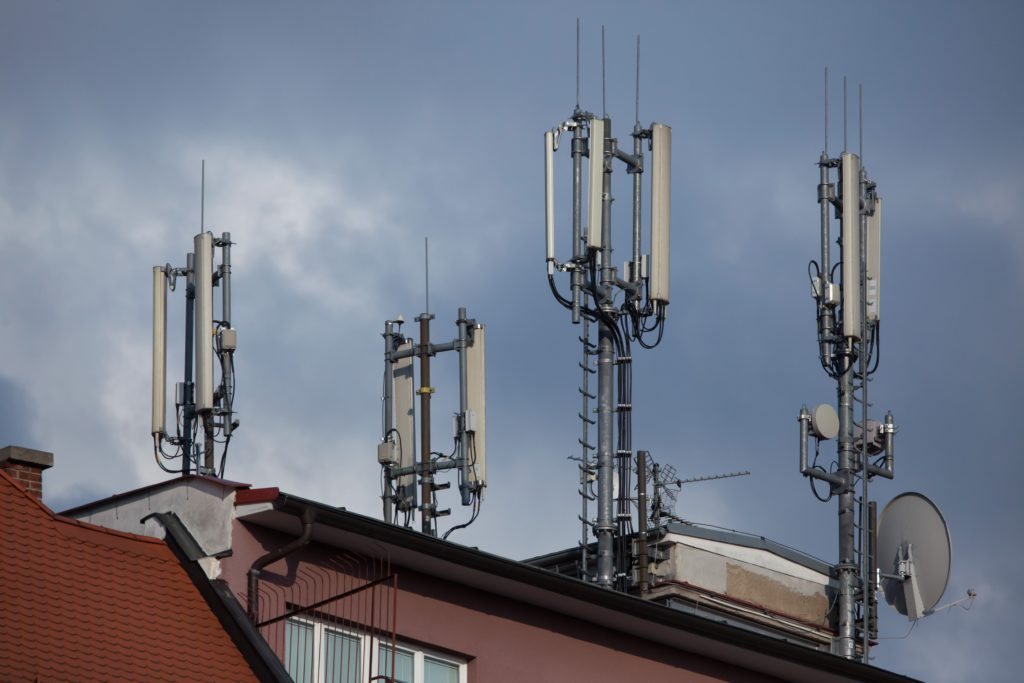Besides high-speed communication between end users, 5G also enables the Internet of Things (IoT), physical objects like sensors and devices connected to other systems.
The German Federal Ministry of Transport and Digital Infrastructure (BMVI) released a report on the 5G Strategy for Germany in 2017, identifying six major application domains for 5G networks.
- eHeatlth, with teleconsultation (doctor to patient and doctor to doctor), telemonitoring and connected ambulances
- Smart grids, with smart metering, smart buildings and utilities supply
- Smart farming, with agricultural robotics, supporting precision farming, farm management and data platforms
- Industry 4.0, with intelligent logistics and connected production, cyber-physical systems and machine to machine communication
- Future media, with smart wearables, virtual and augmented reality, immersive telework and tele-education, ultra-high resolution videos and gaming
- Intelligent mobility, with traffic control and vehicle cooperation, parking space optimisation and smart public transport with connected commuting
Step up of network rollout is seen as a first important part of the national 5G strategy. The connection of radio base stations via glass fibre optic cables and increased co‐usability of passive carrier infrastructures for the development of 5G cells are key priorities.
To avoid digital divide in our society and make the advantages of 5G communication available to all people and all industrial sectors, a ubiquitous coverage is needed.
HAPS could provide an instant coverage of areas with a diameter of 100 to 200 km, replacing hundreds of radio base stations.
